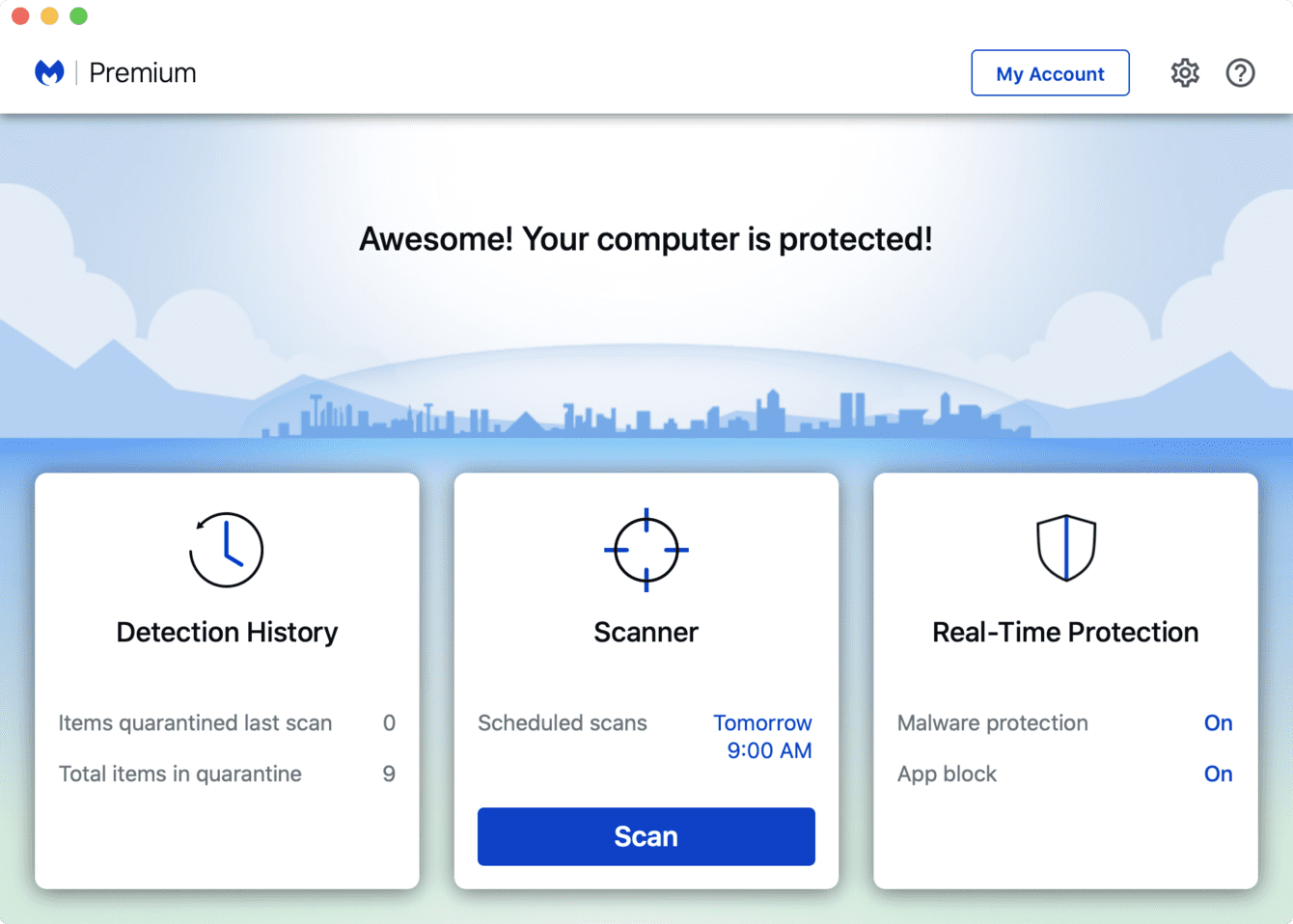

- #Malicious software removal tool for mac install#
- #Malicious software removal tool for mac archive#
- #Malicious software removal tool for mac Patch#
If you have your computer set to automatically install Windows Updates, it will be installed automatically.
#Malicious software removal tool for mac Patch#
Microsoft releases a new version of this tool on the second Tuesday of every month - in other words, on “Patch Tuesday.” It appears as just another patch in Windows Update. To work around this, the remote deployment solution may be configured to call first a dummy script that in turn calls the removal tool without any extra arguments.What is the Malicious Software Removal Tool?

Remote deployment solutions (Casper, JAMF, et al) that automatically populate shell script arguments ($1, $2, etc) with other data may cause the Symantec tool to throw an error. Any arguments they receive are each assumed to be potential installation points for Symantec products. Symantec provides support for SymantecRemovalTool/RemoveSymantecMacFiles only when running them locally it is the customer's responsibility to integrate SymantecRemovalTool with Apple Remote Desktop or other remote deployment tools.īoth of these tools require no arguments. For more information, please see the readme file included with the SymantecRemovalTool download. As with RemoveSymantecMacFiles, all files and folders that Symantec Mac products have created will be removed therefore, you will lose all files that reside in those folders, including any that you have created manually. It requires no user input when running as root. SymantecRemovalTool (SymantecRemovalTool.zip) is a modification to RemoveSymantecMacFiles, designed to be pushed out using customer's choice of remote deployment tool.

To quit RemoveSymantecMacFiles without removing any files, type 2.To remove all Symantec files and folders, type 1.NOTE: When you type your password, no characters appear.Type your macOS password, and then press return.If an OS security prompt appears (". can't be opened because it is from an unidentified developer") then use control-click to open and bypass security prompt (see Open a Mac app from an unindentified developer for more information).Double-click mand (if you do not display file extensions, it appears as RemoveSymantecMacFiles).Open the RemoveSymantecMacFiles folder.NOTE: To use this tool, you must be logged in to the Macintosh with an Administrator account with a non-blank password.
#Malicious software removal tool for mac archive#
We recommend using the built-in Archive Utility to expand this file.On the target computer, double-click the RemoveSymantecMacFiles.zip file that you downloaded so that the file expands.Symantec updates this tool regularly to accommodate changes introduced in newer releases of Symantec Endpoint Protection for Macintosh, so if you have not downloaded it recently, we recommend that you do so now.Download RemoveSymantecMacFiles.zip from article attachments.To download and run RemoveSymantecMacFiles: It removes all files and folders for ALL Symantec and Norton products for Mac, including any contents you have created yourself within those folders. WARNING: RemoveSymantecMacFiles does not target a single Symantec product.


 0 kommentar(er)
0 kommentar(er)
